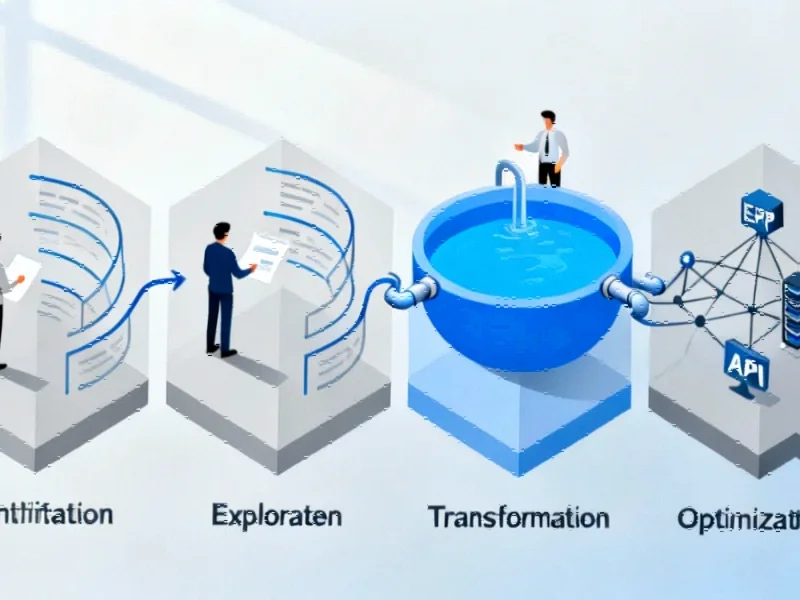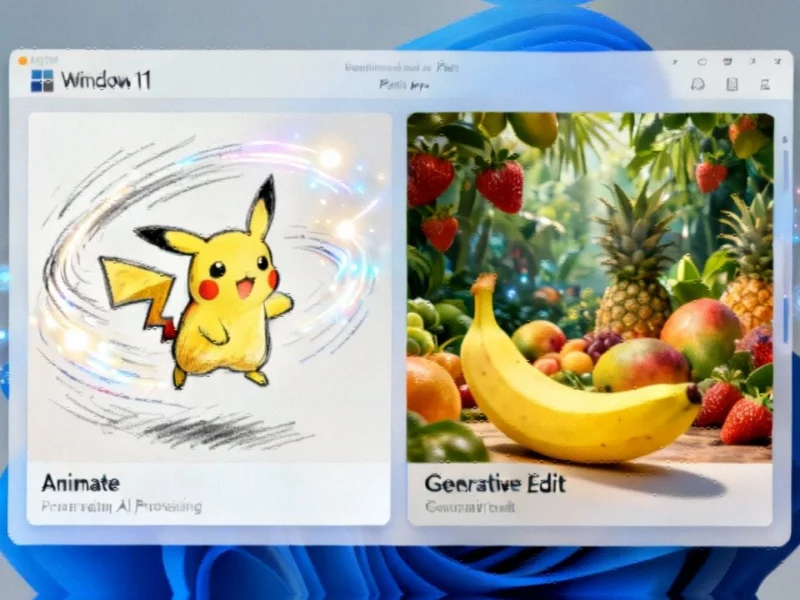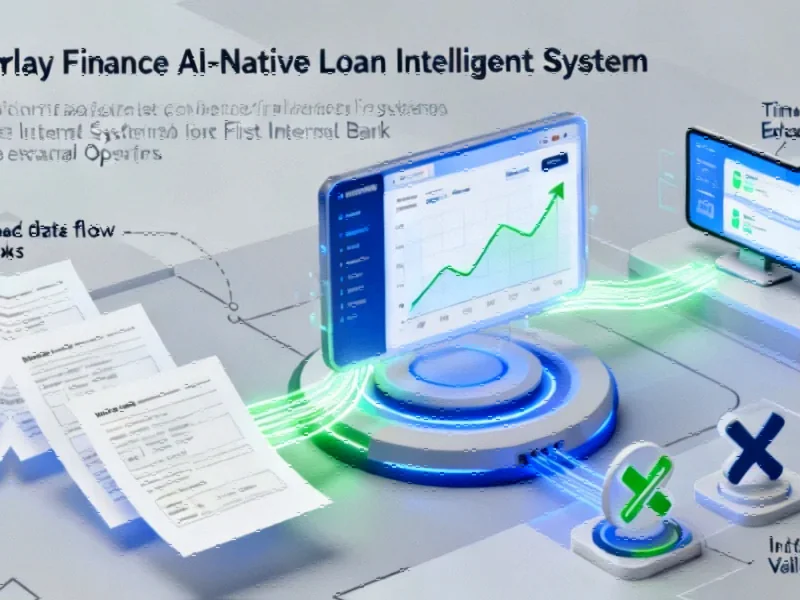AI Adoption Accelerates in Treasury Operations
Corporate treasury departments worldwide are undergoing a significant transformation as artificial intelligence technologies reshape traditional financial operations. According to recent analysis from Citi, nearly 60% of treasurers have identified practical generative AI applications within their workflows, signaling a major shift toward intelligent automation in financial management. This movement represents a fundamental reimagining of how treasuries manage liquidity, forecasting, and risk assessment in an increasingly complex global economy.
“The potential productivity gains from AI are too significant to ignore,” emphasized Ron Chakravarti, Citi’s Global Head of Client Advisory Group. “Generative AI is the getting-things-done tool for treasury.” This perspective is driving a structured approach to AI implementation, with organizations progressing through identification, exploration, transformation, and optimization phases in their digital maturity journey.
Data Infrastructure: The Foundation of AI Success
The transition toward AI-enhanced treasury operations faces substantial challenges, particularly regarding data quality. Citi’s global survey of 75 corporate treasuries revealed that more than 70% of respondents struggle with fragmented or incomplete data, creating significant barriers to effective AI deployment. The report recommends establishing centralized data repositories and API connections to enterprise resource planning systems as critical prerequisites for successful implementation.
Joseph Neu, Founder and CEO of NeuGroup, highlighted the critical importance of trust in treasury operations: “Treasury is the ultimate guardian. There must be 100% trust in the numbers. Generative AI has been slow to deliver at this level of trust.” This concern underscores the need for robust governance frameworks and clear audit trails as organizations navigate corporate treasuries accelerating AI integration across financial ecosystems.
Practical Applications and Implementation Strategies
The most common AI applications in treasury operations include liquidity forecasting, reconciliation processes, and automated report generation. A smaller but growing number of organizations are experimenting with generative AI for variance analysis and narrative creation in management reports. These industry developments demonstrate how computational power is transforming traditional financial workflows.
Alexander Reijrink, Global Head of Corporate Finance and Risk Management at Philips, described their approach: “As a first step, we invested time to train the treasury team and trigger a change mindset. This helps us in finding the most valuable use cases, wherever they come up.” This emphasis on human readiness and organizational change management appears crucial for successful AI adoption, complementing the market trends shaping financial services transformation.
Architectural Shifts in Treasury Technology
The evolution extends beyond individual applications to encompass fundamental architectural changes in treasury infrastructure. Citi’s own Treasury and Trade Solutions group is extending tokenization and programmable money capabilities to corporate clients, enabling instant cross-border liquidity and more automated cash management. These advancements align with a broader vision of treasuries connected through APIs, governed by data standards, and designed for continuous, real-time operation.
This technological transformation is part of larger related innovations across industrial sectors, where computing capabilities are enabling unprecedented operational efficiencies. The convergence of AI and treasury operations represents a natural extension of how recent technology advancements are reshaping traditional business functions.
The Expanding Role of Treasury in Digital Enterprises
As AI capabilities mature, the treasury function is evolving from a primarily financial role to a strategic partnership in enterprise planning. Modern treasurers are increasingly responsible for overseeing payments infrastructure, data quality standards, and digital resilience alongside traditional liquidity management. This expanded mandate reflects how market trends are creating new intersections between financial expertise and technological innovation.
Citi’s research indicates that treasurers who collaborate early with technology and data teams achieve better outcomes in their digital transformation journeys. This collaborative approach helps organizations navigate the complex landscape of recent technology implementations while maintaining the rigorous standards required for financial operations.
Balancing Innovation with Prudent Implementation
Despite the clear momentum toward AI adoption, Citi emphasizes the importance of measured, phased implementation. The report notes that 61% of surveyed treasurers prefer starting with small pilots that demonstrate quick wins before scaling solutions more broadly. This cautious approach reflects the critical need to maintain trust and accuracy in financial operations while exploring new technological capabilities.
The authors caution that premature automation without appropriate oversight could undermine credibility rather than enhance it. Successful organizations are building the human and technical infrastructure necessary to support AI initiatives while maintaining the rigorous validation processes that define professional treasury management.
As corporate treasuries continue their AI journey, the focus remains on creating sustainable value through technological enhancement rather than pursuing innovation for its own sake. The transformation represents a careful balancing act between embracing new capabilities and maintaining the foundational trust that underpins effective financial stewardship.
This article aggregates information from publicly available sources. All trademarks and copyrights belong to their respective owners.
Note: Featured image is for illustrative purposes only and does not represent any specific product, service, or entity mentioned in this article.



